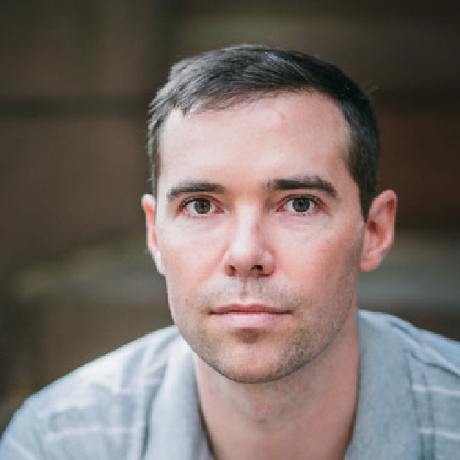Book: 1864: Lincoln at the Gates of History
1864: Lincoln at the Gates of History amazon By: Charles Bracelen Flood
Summary
Lincoln worked very hard to preserve the Union. He also did it in such a steady way. I'm left even more impressed with him as a president and man.
Take Aways
Lincoln had to work very hard to be re-elected. The final result of the 1864 election might have been decisive. However going into the nominating convention in Baltimore there was significant uncertainty. Lincoln was facing strong internal challenges, including from members of his cabinet and generals.
Lincoln was walking multiple tight ropes at once:
-
Henry Raymond of New York Times: Caught between radical Republicans on the one hand and so many of the Democrats on the other: "One denounces Lincoln because he didn't abolish slavery soon enough, another because he assumed to touch it at all."
-
Pressing his generals (ie Grant) to take the battle to the enemy and take advantage of the Union's strengths in men and material; while at the same time avoiding unnecessary or costly loses.
-
Wanting to fire or replace generals but have concerns that they could become political rivals. General Meade, opponent in the 1864 election, was only one example.
-
Fighting a war but knowing he had to make peace. Pushing to win an unconditional surrender but knowing that for the Union to survive they couldn't "destroy the village to save it."
Unanswered Questions
In reviewing the war casualty numbers I was reminded of how much more dangerous disease was vs enemy fire. Often political winds seemed to shift and change based on news from battles. However casualty rates were 2-3 to 1 for disease. So even if there were a particularly deadly battle, the fact that the country was at war was the thing that was deadly, not one particular battle. I wonder if this was discussed at the time or if this was just thought of as the background rate of disease of the day?
